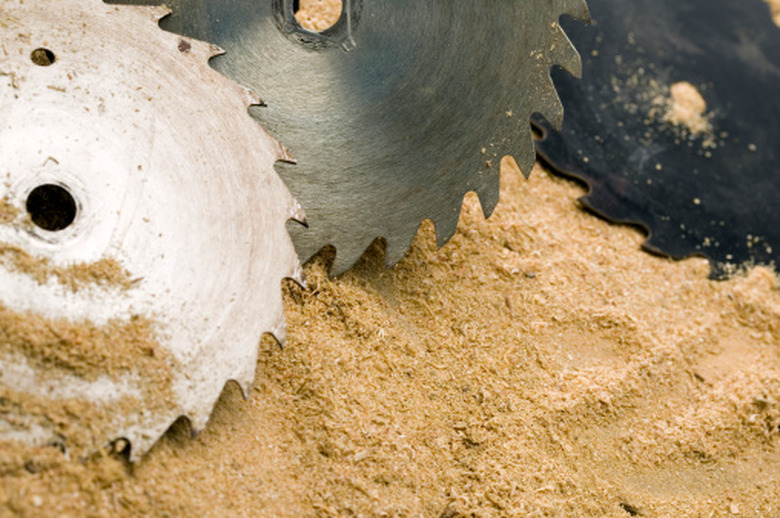How To Use Sawdust In A Vegetable Garden
Things Needed
- Sawdust
- Garden rake
- Water
- Liquid nitrogen fertilizer
- Watering can
Garden mulch keeps plant roots warm in the winter, protects moisture from evaporating and adds nutrients to the soil. Mulch also keeps down weeds; if the sun can't reach the weed sprouts, the weeds can't grow. Sawdust is an eco-friendly mulch that gives your garden a bright, fresh look. Just don't use sawdust made from pressure-treated wood. Pressure-treated wood will leach harmful chemicals into the soil.
Step 1
Drop sawdust in handfuls around each of your plants, leaving a 4-inch space between the base of each plant and the sawdust mulch. Cover spaces between plants, too. Complete coverage prevents weed growth and competition for nutrients.
- Garden mulch keeps plant roots warm in the winter, protects moisture from evaporating and adds nutrients to the soil.
- Mulch also keeps down weeds; if the sun can't reach the weed sprouts, the weeds can't grow.
Step 2
Rake handfuls of sawdust into a 3-inch layer of mulch. If the raked-out sawdust is not at least 3 inches thick, drop more handfuls and rake it out again. Your garden should look bright and clean between plants.
Step 3
Add 1 tablespoon of liquid nitrogen fertilizer per gallon of water in your watering can. Water around your plants as usual. Adding nitrogen fertilizer is helpful because sawdust can cause a nitrogen deficiency in your soil.
Tip
Don't water the paths between your plants with nitrogen fertilizer. This can cause the weed growth you're trying to prevent.
Warning
Never use sawdust from pressure-treated wood. This can kill your plants.
